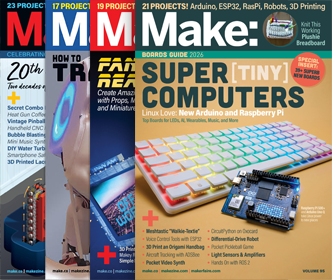Must. Resist. Yakov Smirnoff. Joke. This is a war memorial, after all, and to a particularly nasty bit of a particularly nasty war, at that. Still, in the same way that Italians can laugh about the fact that, yes, it can be a bit of a pain to renew your driver’s license in Italy, or that Estadounidenses can admit that, yes, we have been known to occasionally over-commercialize certain things, even patriotic Russians will see that there is something of the stereotypically Russian in this story.
This memorial was erected in Ukraine shortly after WWII to commemorate the legions of fallen dead. For 50 years its eternal flame burned natural gas piped in under the Soviet administration. Then…well, things fall apart, as everyone knows. With the breakup of the USSR, the flow of free natural gas into Ukraine stopped and it became too expensive to keep the torch lit. I’m sure it was a sad day that finally saw the flame go out.
Apparently it sat unlit for several years until this compromise solution was achieved: The flame would be converted into a cell-phone tower, the transceivers concealed by a round facade bearing a pixelated flickering LED-flame image funded by the cell-phone company. One of those capitalistic solutions where everyone wins, but only kind of.
To my eye, this is in awful taste. But the story, I think, is kind of beautiful. If it’s really true that the only two alternatives were to leave the flame unlit or to replace it with a cheesy simulation, I think, ultimately, that I would have made the same choice. And as we continue to oxidize the world’s supply of hydrocarbons, sooner or later the sensibility of keeping fossil-fuel flames burning “eternally,” only for symbolic purposes, may well become an issue in other parts of the world.








